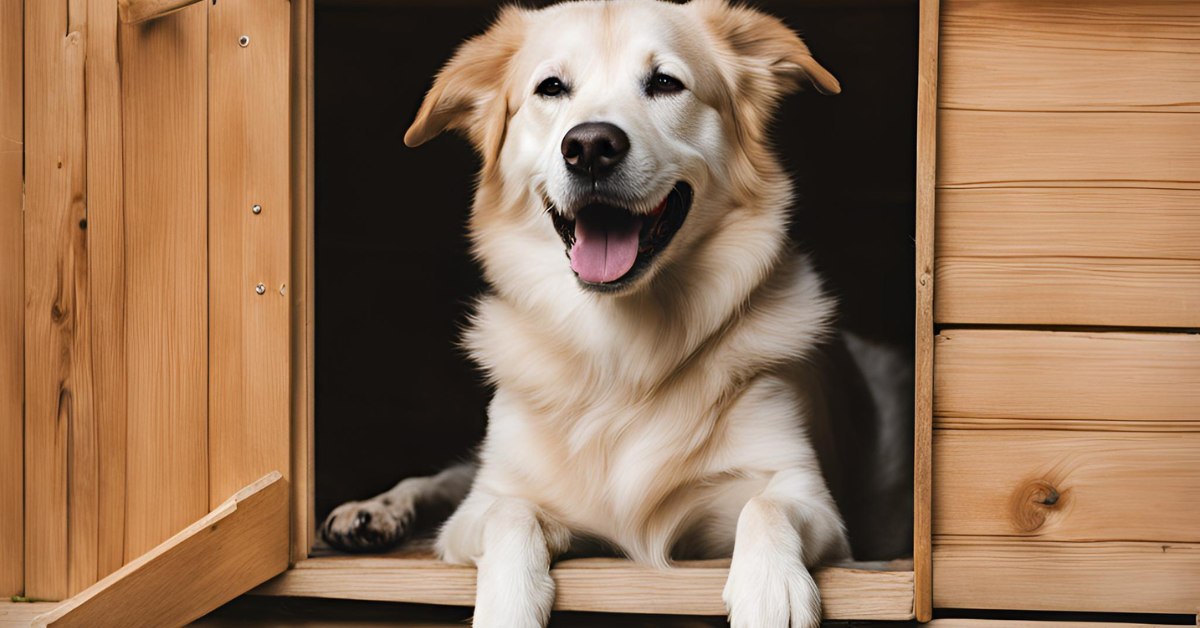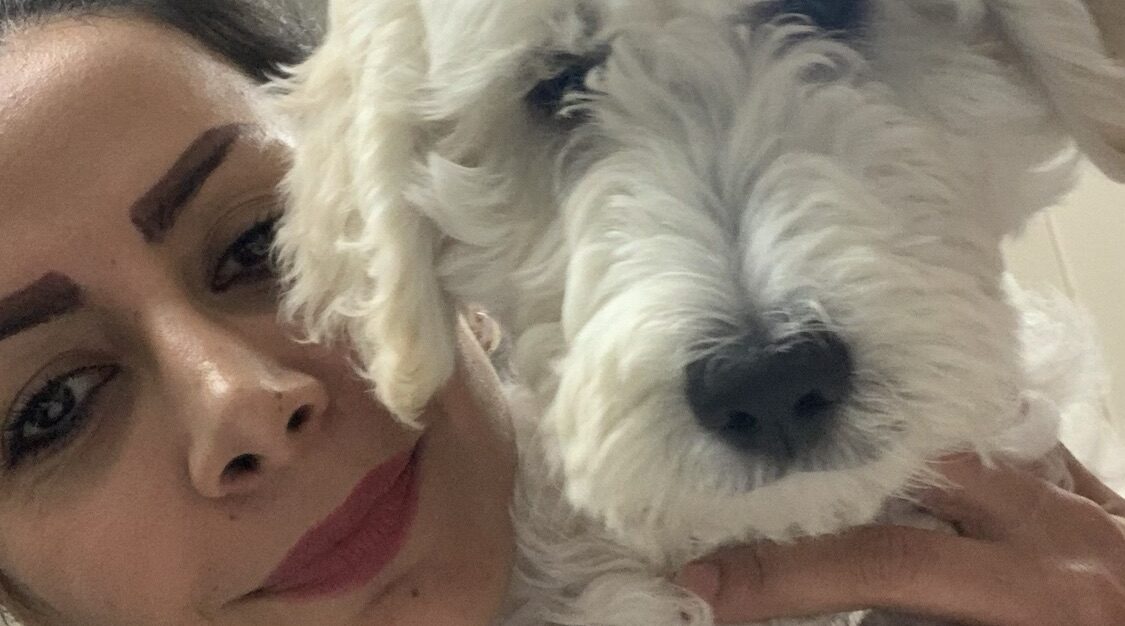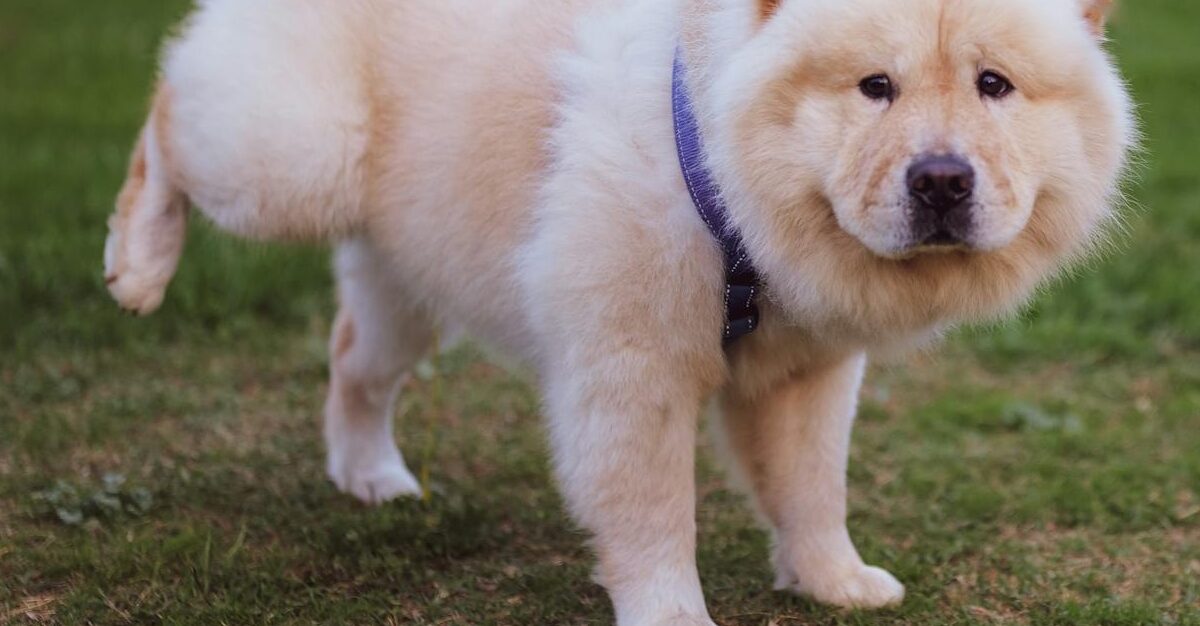The Early Days: The First Few Weeks
When you bring home a fluffy ball of puppy energy, it’s hard not to be overwhelmed by those adorable eyes and wiggly tail. But hold on – those first few weeks are crucial for setting the stage for a well-behaved adult dog. At this stage, your puppy is like a sponge, soaking up new experiences and learning the ropes of the world. So, what should you focus on during these early days?
Socialization Skills First things first, let’s talk socialization. Your puppy is like a curious toddler, eager to explore everything and everyone. It’s essential to introduce them to a variety of people, places, and situations. Think of it as laying the foundation for their future social skills. Organize puppy playdates, take them to different environments, and let them meet other friendly dogs. This way, they’ll grow up to be confident and well-adjusted around both humans and other animals.
Establishing Basic Routines Routine is your best friend when it comes to puppy training. Establishing a consistent schedule for feeding, potty breaks, and playtime helps your puppy understand what to expect and reduces anxiety. It’s also a great way to kickstart crate training. Introduce them to their crate as a cozy den where they can relax and sleep. Start with short periods and gradually increase the time to help them feel comfortable and secure.
The Playful Phase: 3 to 6 Months
Ah, the playful phase – when your puppy’s energy levels are through the roof, and they’re ready to take on the world! This stage is all about exploration, learning boundaries, and refining those puppy manners. It’s a fun but challenging time, so let’s dive into what you need to know.
Teaching Boundaries and Manners As your puppy grows, so does their curiosity, and sometimes that means getting into mischief. This is the perfect time to teach them boundaries and basic manners. Whether it’s not jumping on guests or learning to walk nicely on a leash, consistency is key. Use positive reinforcement techniques like treats and praise to reward good behavior. Remember, patience is crucial – your puppy is still learning, and it’s okay to make mistakes along the way.
Building Confidence Through Training Training isn’t just about teaching commands; it’s also about building your puppy’s confidence. Engage them in interactive games and training exercises that challenge both their body and mind. Agility courses, basic obedience training, and puzzle toys are all excellent ways to keep them mentally stimulated and boost their self-esteem. Plus, it’s a fantastic bonding experience for you and your furry friend!
The Teenage Years: 6 to 12 Months
Ah, adolescence – that awkward phase where your once-cute puppy turns into a rebellious teenager. Just like human teenagers, teenage dogs can be a handful, testing boundaries and pushing limits. But fear not, with a little patience and understanding, you can navigate this challenging phase and come out the other side with a well-rounded adult dog.
Navigating Teenage Rebellion During the teenage years, your puppy may start testing boundaries and ignoring commands. It’s essential to stay calm, consistent, and firm in your training approach. Reinforce basic obedience commands, and don’t be afraid to seek professional help if you’re struggling. Remember, this phase is temporary, and with patience and persistence, you’ll get through it.
Continued Socialization and Training Even as your puppy grows into adulthood, socialization and training should remain a priority. Continue to expose them to new experiences, people, and environments to ensure they remain confident and well-adjusted. Incorporate advanced training exercises and fun activities to keep them mentally and physically stimulated. Whether it’s learning new tricks, participating in dog sports, or simply enjoying long walks together, staying active and engaged will strengthen your bond and enrich their life.
Setting the Stage: Why Crate Training Helps with Potty Training
Ah, the joys of potty training – every new puppy owner’s rite of passage! While it may seem daunting at first, using a crate can be a game-changer in your potty training journey. You see, dogs are naturally den animals, and crates tap into this instinct, providing them with a safe and cozy space. When used correctly, crates can help establish a routine, reduce accidents, and accelerate the housebreaking process. So, let’s dive into how you can integrate crate training into your potty training strategy.
Creating a Positive Association with the Crate First things first, you want your puppy to view their crate as a happy and inviting space, not a punishment. Start by choosing a crate that’s the right size for your pup – big enough for them to stand up, turn around, and lie down comfortably, but not so big that they can use one end as a bathroom. Place soft bedding, toys, and treats inside to make it cozy and appealing. Encourage your puppy to explore the crate at their own pace, using treats and praise to create positive associations. This way, they’ll be more likely to see it as their den, making potty training a breeze.
Establishing a Consistent Routine Consistency is key when it comes to potty training, and a crate can help you establish a regular schedule for your puppy. Start by taking your puppy outside to their designated potty area first thing in the morning, after meals, and before bedtime. Use a cue word or phrase, like “go potty,” to help them understand what you want them to do. If your puppy doesn’t go within a few minutes, bring them back inside and put them in their crate for a short period, usually around 15-30 minutes, before trying again. This teaches them that potty time comes after crate time, helping to reinforce good habits and reduce accidents indoors.
The Do’s and Don’ts: Potty Training with a Crate
Navigating the ins and outs of potty training can be a bit tricky, but fear not! With a little guidance, you’ll be a potty training pro in no time. Here are some do’s and don’ts to keep in mind when using a crate for housebreaking:
Do: Be Patient and Consistent Potty training takes time, patience, and lots of consistency. Remember, accidents will happen – it’s all part of the learning process. Stay calm, praise your puppy for good behavior, and avoid punishing them for mistakes. With a positive and consistent approach, your puppy will learn the ropes and become fully housebroken before you know it.
Don’t: Leave Your Puppy Crated for Extended Periods While crates can be a valuable tool in potty training, it’s essential to use them responsibly. Never leave your puppy crated for extended periods, as this can lead to anxiety, boredom, and even health issues. Puppies have small bladders and need frequent potty breaks, so make sure to let them out regularly, especially during the initial stages of training.
Celebrating Success: Gradually Phasing Out the Crate
As your puppy becomes more reliable with their potty training, you can start to gradually phase out the crate and give them more freedom around the house. Start by leaving them unsupervised in a puppy-proofed area for short periods, gradually increasing the time as they prove themselves trustworthy. Keep an eye out for any signs that they need to go outside, such as sniffing, circling, or whining, and continue to reinforce good habits with praise and rewards.
Monitoring Progress and Adjusting as Needed As you transition away from using the crate for potty training, it’s essential to monitor your puppy’s progress and adjust your approach as needed. Pay attention to any accidents or setbacks and consider whether your puppy might be experiencing any underlying issues, such as a urinary tract infection or anxiety. Consult with your veterinarian or a professional dog trainer if you’re having trouble or need guidance on how to proceed.
Finding the Balance: Why Playtime and Crate Time Both Matter
Ah, the eternal puppy dilemma: how do you strike the perfect balance between playtime and crate time? It’s a question that many new puppy parents grapple with, but fear not – finding the right balance is easier than you think! Both playtime and crate time play crucial roles in your puppy’s development, and when balanced correctly, they can lead to a well-rounded and happy pup. So, let’s dive into how you can juggle these two essential aspects of puppy life.
The Importance of Playtime First up, let’s talk about playtime – every puppy’s favorite part of the day! Playtime is not just about burning off energy (although that’s definitely a bonus); it’s also about mental stimulation, socialization, and bonding with your puppy. Engaging in interactive games, like fetch, tug-of-war, or hide-and-seek, helps build your puppy’s confidence, improve their coordination, and strengthen your bond. Plus, it’s a fantastic way to teach them new commands and reinforce obedience training in a fun and engaging way.
Setting Up for Success with Crate Time Now, onto crate time – the unsung hero of puppy training! While it may seem counterintuitive, crate time is just as important as playtime when it comes to raising a well-rounded puppy. Crates provide your puppy with a safe and secure space to relax, recharge, and learn to be independent. It also helps with potty training, prevents destructive behaviors, and gives you peace of mind when you can’t supervise your puppy. Just remember, crate time should be balanced with plenty of exercise, mental stimulation, and quality time with you to ensure a happy and healthy pup.
Striking the Balance: Tips for a Well-Rounded Puppy
Balancing playtime and crate time may seem like a juggling act, but with a little planning and creativity, you can create a harmonious routine that works for both you and your puppy. Here are some tips to help you strike the perfect balance:
Create a Daily Schedule Start by creating a daily schedule that includes dedicated time for play, training, crate time, and rest. This will help establish a routine and ensure that your puppy gets the right mix of physical activity, mental stimulation, and downtime. Be flexible and adjust the schedule as needed based on your puppy’s energy levels, behavior, and individual needs.
Mix It Up with Enrichment Activities Keep your puppy engaged and entertained by incorporating enrichment activities into their daily routine. Puzzle toys, interactive feeders, and sensory games are excellent ways to provide mental stimulation and keep your puppy entertained during crate time. For playtime, explore different activities and environments, such as hiking, swimming, or visiting a dog park, to keep things exciting and fun for both you and your pup.
Growing Together: Adapting as Your Puppy Grows
As your puppy grows and matures, their needs and preferences will evolve, requiring you to adapt and modify your approach to playtime and crate time. Pay attention to your puppy’s behavior, body language, and energy levels to gauge their needs and adjust your routine accordingly. For example, as your puppy becomes more independent and reliable, you can gradually increase their freedom and reduce crate time, allowing them to explore and experience the world around them under your supervision.
Celebrating Milestones and Progress As you navigate the ups and downs of puppyhood, don’t forget to celebrate milestones and progress along the way. Whether it’s mastering a new command, conquering crate training, or reaching a developmental milestone, take the time to acknowledge and reward your puppy’s achievements. Positive reinforcement and encouragement go a long way in building your puppy’s confidence, reinforcing good behavior, and strengthening your bond.
Leveling Up: Why Advanced Games Are a Game-Changer for Your Pup
Ready to take your pup’s skills to the next level? While basic obedience training and playtime are essential, incorporating advanced games into your pup’s routine can provide a whole new level of enrichment and mental stimulation. Advanced games challenge your pup’s problem-solving abilities, improve their focus and impulse control, and strengthen their bond with you. Plus, they’re a ton of fun for both you and your furry friend! So, let’s dive into some skill-building challenges that will keep your pup engaged, entertained, and on their toes.
Mastering the Art of Scent Work First up, let’s talk about scent work – a game that taps into your pup’s incredible sense of smell and natural hunting instincts. Scent work involves hiding treats or toys around the house or yard and encouraging your pup to find them using their nose. Start with easy hiding spots and gradually increase the difficulty as your pup gets the hang of it. You can also introduce new scents and challenges, like searching for specific objects or navigating obstacle courses, to keep things exciting and challenging.
Nailing the Basics: Advanced Obedience Training While your pup may have mastered basic obedience commands like sit, stay, and come, there’s always room for improvement and refinement. Advanced obedience training involves teaching your pup to perform commands with distractions, at a distance, and in various environments. Incorporate games like “red light, green light,” “Simon says,” or “hide and seek” to make training sessions more engaging and fun. Remember, consistency is key, so practice regularly and reward your pup for their hard work and progress.
Think Outside the Box: Creative Challenges for Your Pup
Ready to get creative? Thinking outside the box and introducing unique challenges can provide your pup with new experiences, boost their confidence, and encourage them to think outside the box. Here are some creative challenges to inspire you and your furry friend:
Agility and Obstacle Courses Agility and obstacle courses are a fantastic way to challenge your pup physically and mentally while having a blast together. You don’t need fancy equipment to create a makeshift course in your backyard or local park. Use household items like chairs, cones, and blankets to set up tunnels, jumps, weave poles, and balance beams. Start with simple obstacles and gradually increase the difficulty as your pup gains confidence and skill. Don’t forget to cheer them on, celebrate their successes, and have fun!
Interactive Games and Puzzles Interactive games and puzzles are excellent tools for stimulating your pup’s mind and keeping them entertained for hours on end. Invest in puzzle toys, treat-dispensing balls, and interactive feeders that require your pup to problem-solve and work for their rewards. You can also create DIY puzzles using cardboard boxes, muffin tins, and tennis balls. Remember, the goal is to challenge your pup mentally and encourage them to use their problem-solving skills, so be patient and offer guidance as needed.
Embracing the Journey: Growing and Learning Together
As you and your pup embark on this journey of skill-building challenges and advanced games, remember to enjoy the process, embrace the ups and downs, and celebrate each milestone along the way. Every pup is unique, so be patient, flexible, and adapt your approach to suit your pup’s individual needs, preferences, and abilities. Remember, the ultimate goal is to strengthen your bond, enhance your pup’s skills, and enrich their life through ongoing learning and play.
Building a Stronger Bond Through Play and Learning Skill-building challenges and advanced games offer a fantastic opportunity to bond with your pup, deepen your connection, and create lasting memories together. Whether you’re mastering the art of scent work, nailing advanced obedience commands, or getting creative with agility courses and interactive puzzles, these activities provide endless opportunities for fun, learning, and growth. So, grab your pup, unleash your creativity, and let the games begin!




